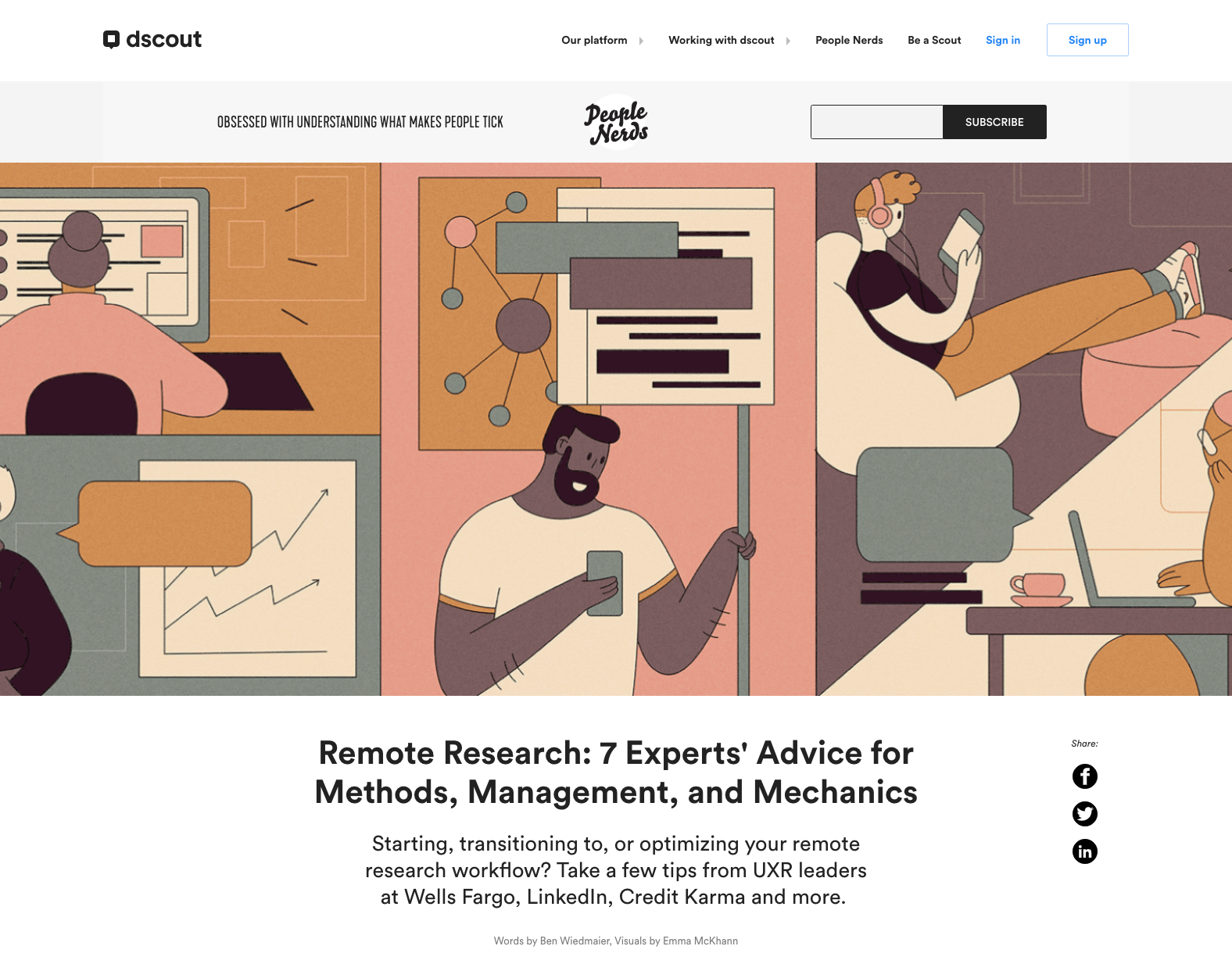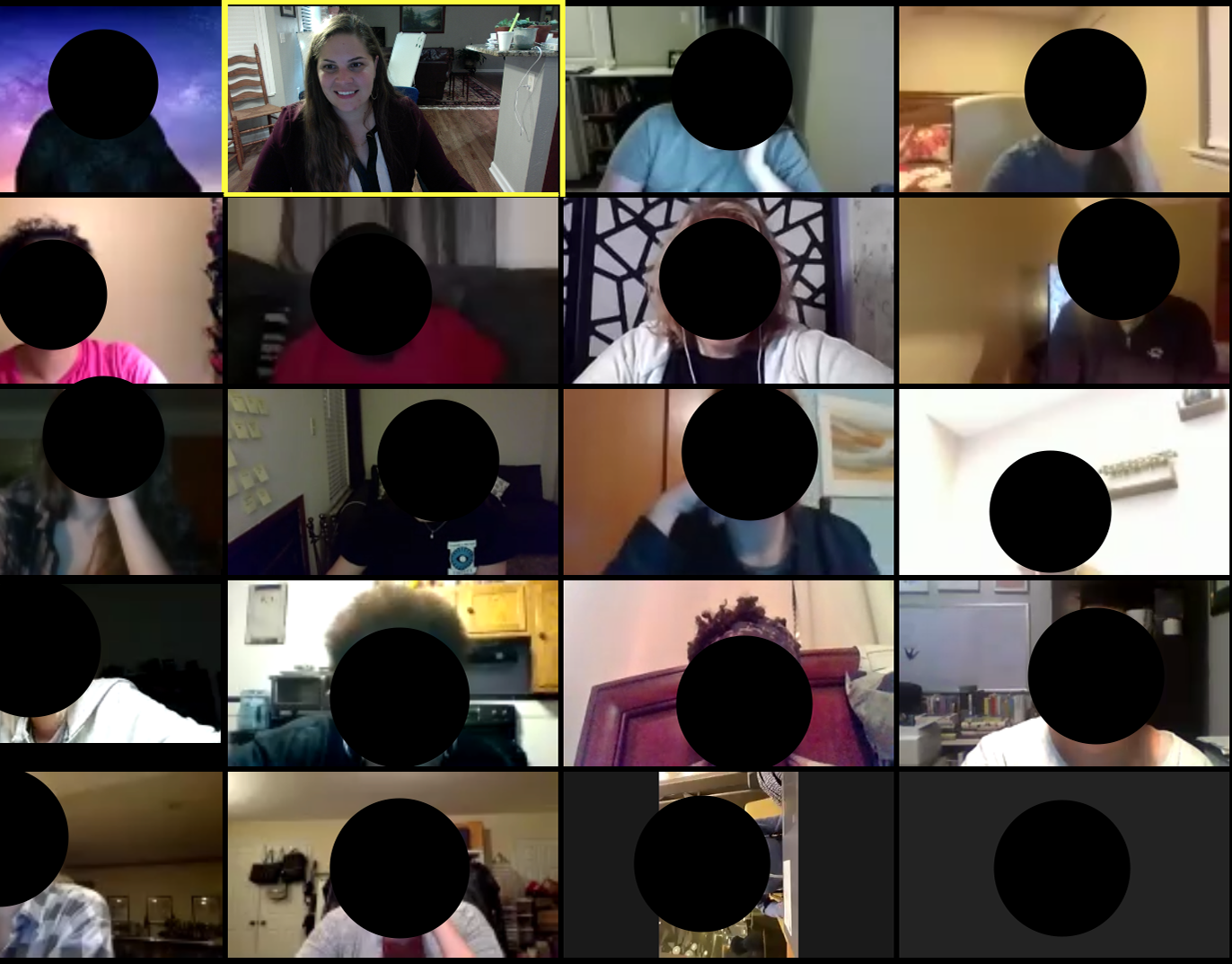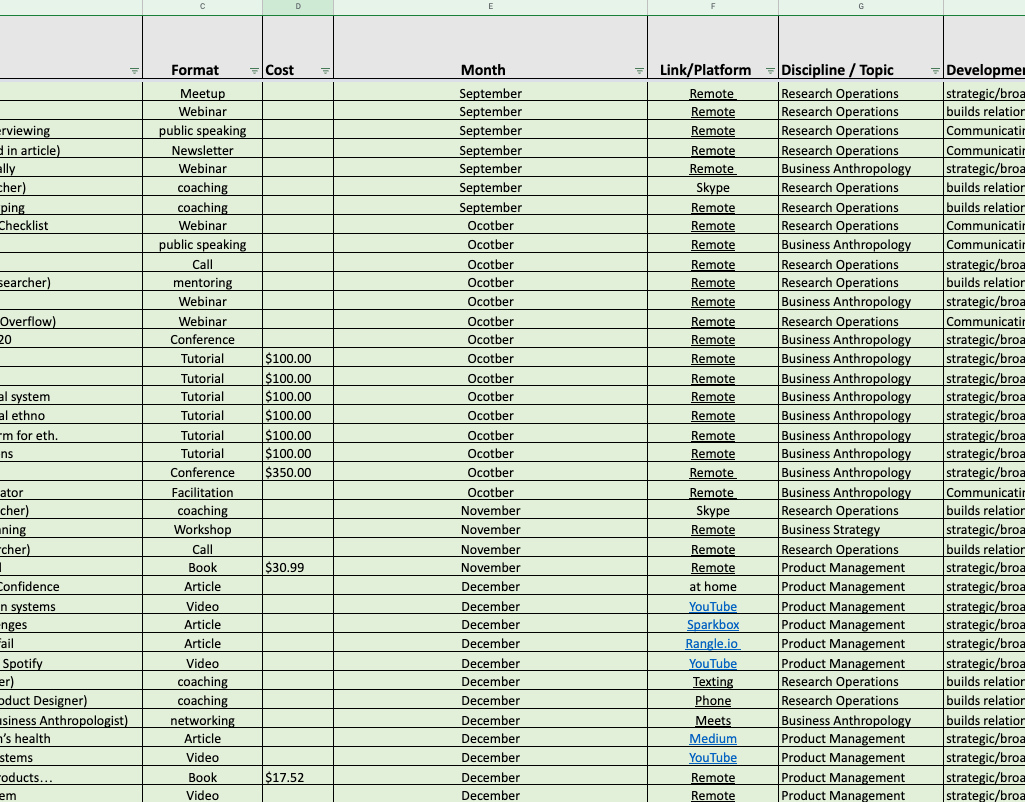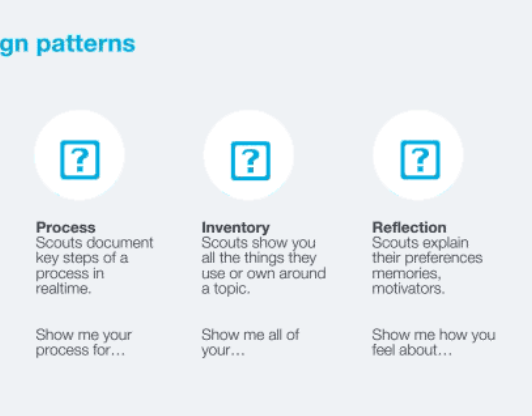There are a lot of arguments online for people jumping jobs every few years, however this is the case for companies to develop a strategy to account for this ever increasing employee turnover.
After jumping jobs several times over the past decade, I've observed that this unofficial rule of only staying in a role for three years is actually perpetuating project re-starts, unnecessary repetition, and wasted money and time.
I've reflected and come up with three actions companies can take to better weather churn overtime.
1. Learn what areas are making the most churn.
There are several variables to look at in order to identify churn.
- Project churn is a measure of how often jobs move from one person to the next. Add up the number of times the project has been started and restarted. This data can be a tricky to track down because projects can sometimes sit on shelves for years, sometimes forgotten or lost. If you have access to old project records, this data is also within your grasp.
- Employee churn is a measure of how often individuals move from one job to the next. Add up the number of individuals who have worked in the same role (over a period of time or over the course of a project). If you are in management, this data is easy to review.
- Time churn is a measure of how much time was spent on similar tasks as the project was passed from one person to the next. Add up the number of hours spent on similar tasks during project restarts. If your organization has a detail-oriented project management/tracking function, this data may also be accessible.
- Finance churn is a measure of how much money is accumulated over time, as it is moved from project to restarted projects. Add up the amount of money invested in tools, infrastructure, and resources to work on the project and project restarts. If your organization has a detail-oriented finance and expense function, this data may also be accessible.
Looking at these numbers will help you learn what areas are making the most churn. Maybe your numbers are higher in one department over another. These serve as smoke signal to guide you where you should be investigating further.
Examples:
Company A had 11 different developers work on the same project over 12 months.
Project churn = 1
Employee churn = 11Time churn = 12 months
Finance churn = $200,000
Company B had 1 consultant work on the same project 3 different times over 4 years.
Project churn = 3
Employee churn = 1Time churn = 12 months worth of similar work over four years
Finance churn = X million
Both companies were experiencing churn, but in different ways. Company A experienced employee churn and time churn while Company B experienced project churn, time churn and finance churn.
Template to use:
<Company Name> has employed <# of people have worked the role> who've worked on <project> <number of times project has been started and restarted> different times, costing <$ spent on the people and tools/infrastructure dedicated to the project> over <period of time>.
Example: Mega Company has employed 11 different Developers in twelve months who've all worked on the same software redesign project, which created a risk event when the product shipped with less than 50% of it functional.
Looking at all four of these types of churn will help you with the next step.
2. Observe the organizational culture where churn is happening.
Once you've identified where churn is happening, it's time to go to the work site(s) where churn is higher than normal to observe the workplace culture.
If you are lucky, you will meet people who have worked in the same group or at the same company for an extended period of time. These people may have already noticed the pattern of churn behavior and have become hyper aware of when the cycle is happening in the moment. They may have even developed rituals to work through the churn. These are the people you need to meet with, to listen to their stories and learn about the processes you want to investigate.
Asking how prevalent "talent turnover turned project startover" is within a group or project, what teams are learning and doing in response to it, how often it happened until the group recognized it, along with other questions is a wise approach.
You'll need this rich, qualitative data in order to A. understand if the churn a problem, a solution, or nothing out of the ordinary, and then to B. explore whose responsibility is it to seek, learn, act, and manage the churn going forward.
If you are in management, I recommend enlisting the help of a social scientist for this step. Behavioral Science Researchers, Business Anthropologists, and Ethnographers bring anthropological methods necessary to study the churn both in context to the organization and within the broader culture.
Observing and collecting rich accounts of where the churn is happening, why, how, and what is being done about it is critical for helping you with the third, and final, step.
3. Continuously improve hiring and on-boarding processes.
Once you've observed and collected rich accounts of where the churn is happening, why, how, and what is being done about it, you are ready to reflect, anticipate what your company needs, and prepare an action and management plan.
If you are in management, social scientists can also be of assistance in this step. They can create a liminal space (threshold) where the high-churn groups and management team can A. think about the way they think, B. explore different potential futures and implications, and C. have the "jolt" necessary to create a wise strategy that takes into account the ever increasing employee turnover.
If you're interested in discussing this topic more and/or sharing what churn strategies you've created or experienced at your company, reach out to me on social media.







